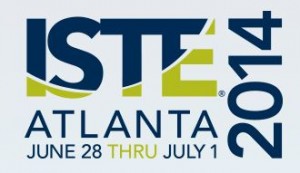Sponsored by the New Media Consortium and the EDUCAUSE Learning Initiative, The Horizon Report provides one of the most comprehensive views of the use of technology, technology adoption, and pedagogical strategies in higher education. The report examines academic trends and cutting edge technologies that will influence the direction of education in higher education for years to come.
In the 2015 report, several academic trends and technologies are highlighted including:
- Key Trends Accelerating Technology Adoption
- Challenges Impeding Adoption
- Developments in Educational Technology
The reports see keys trends in higher education in the area of technology adoption being:
- Advancing cultures of Change and Innovation
- Increasing Cross-Institutional Cooperation
- A Growing Focus on Measuring Learning Efficacy
- Increases in the Use of Blended Learning
- Re-designing Learning Spaces
To read the full report, go to:
2015 Horizon Report








